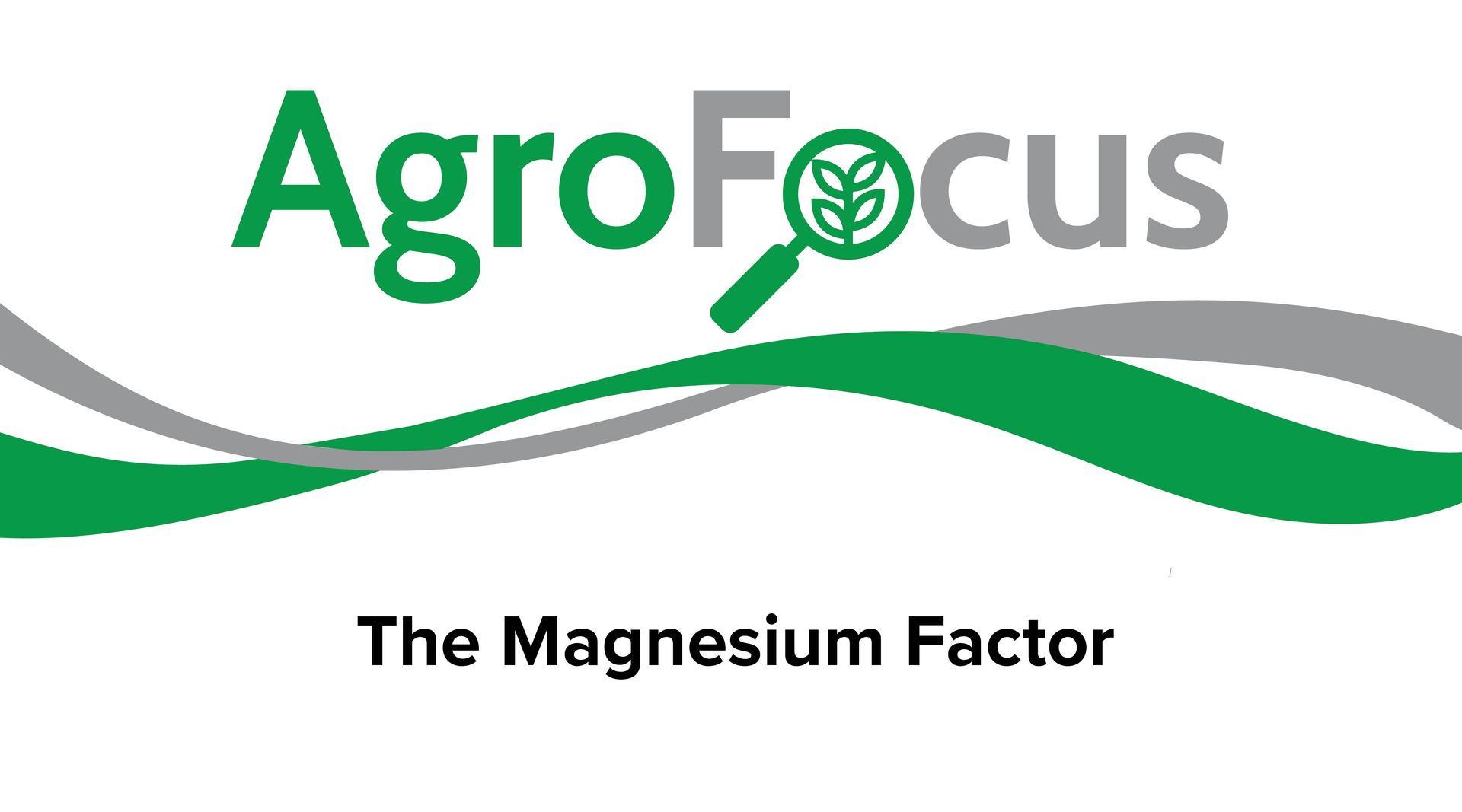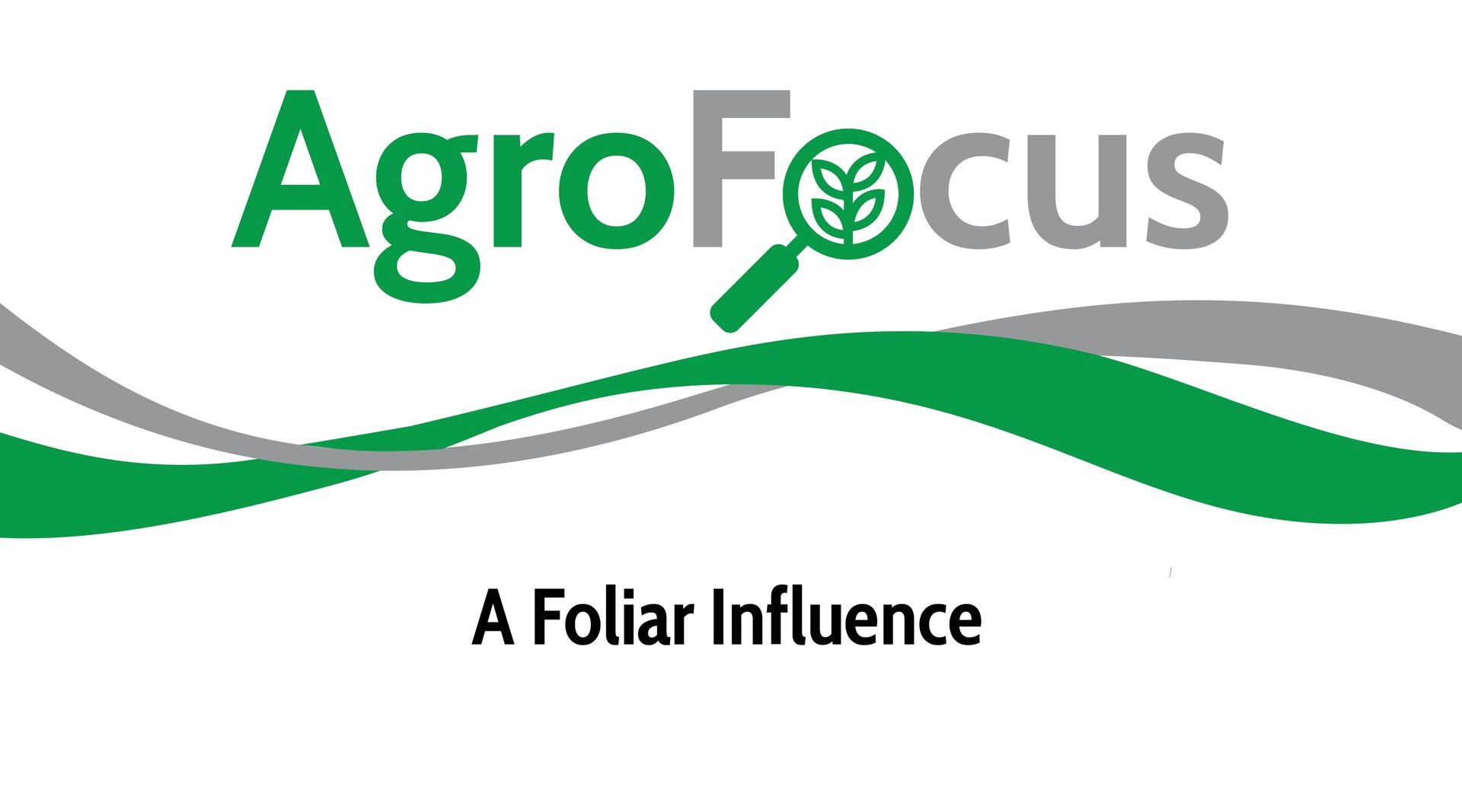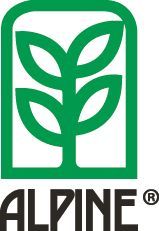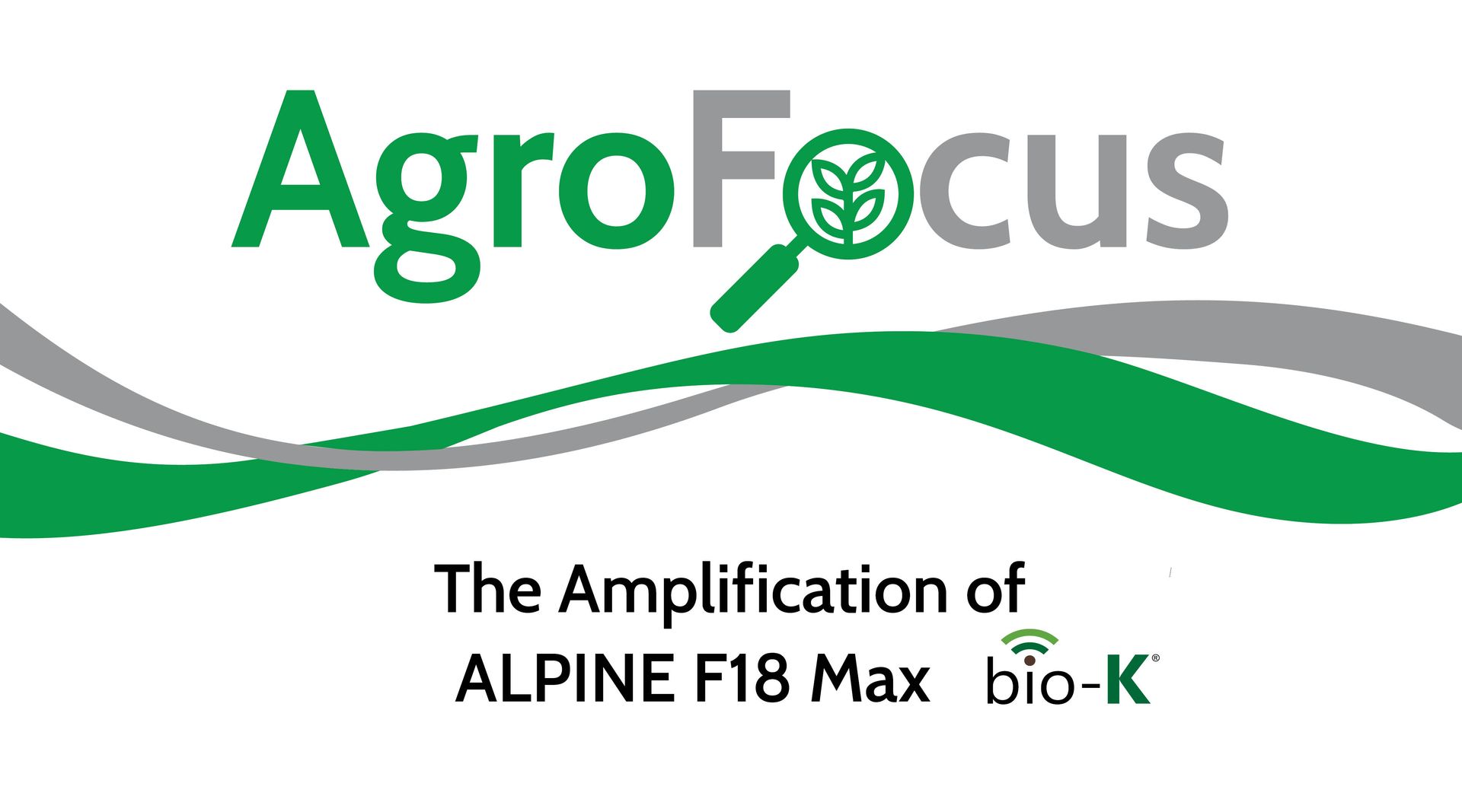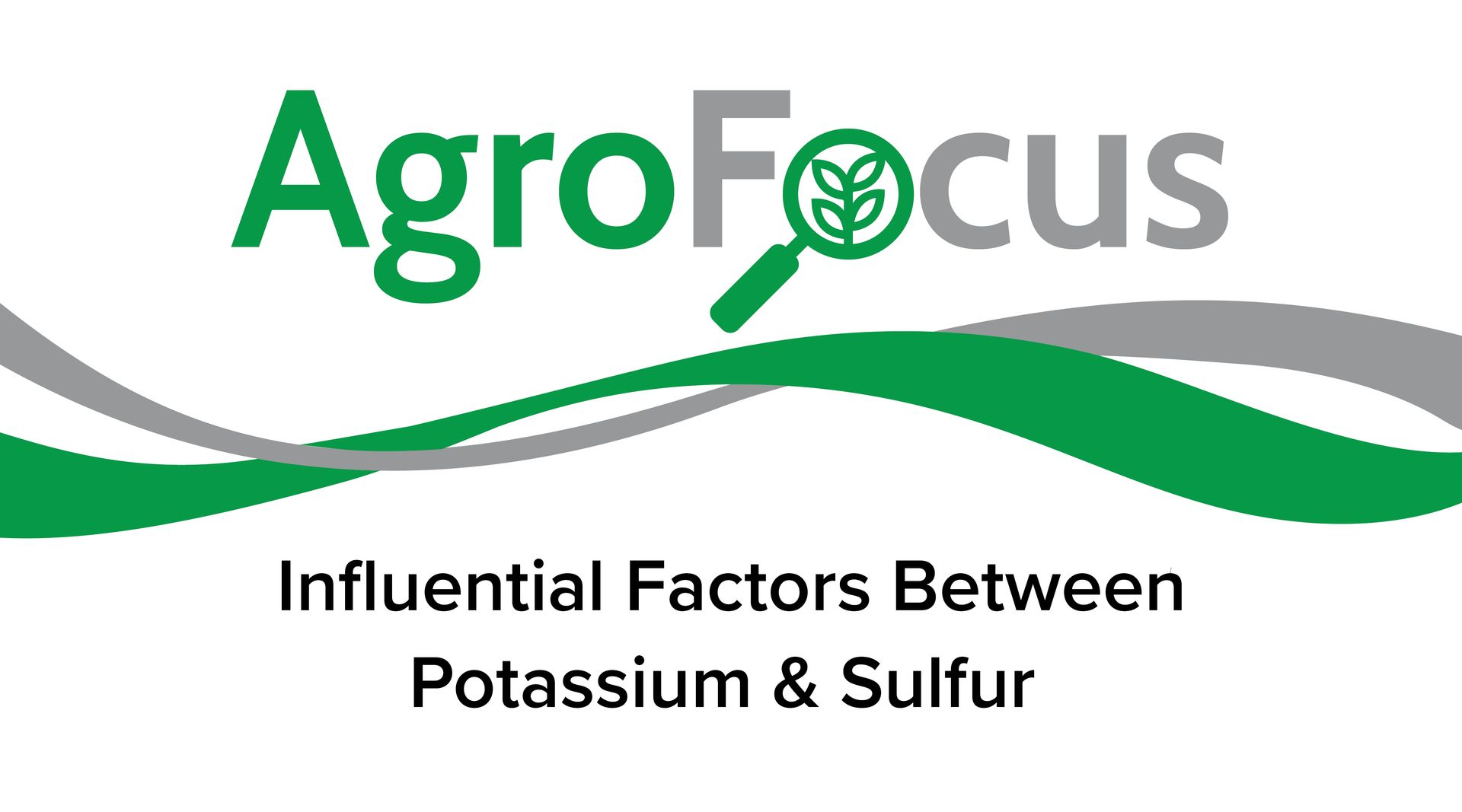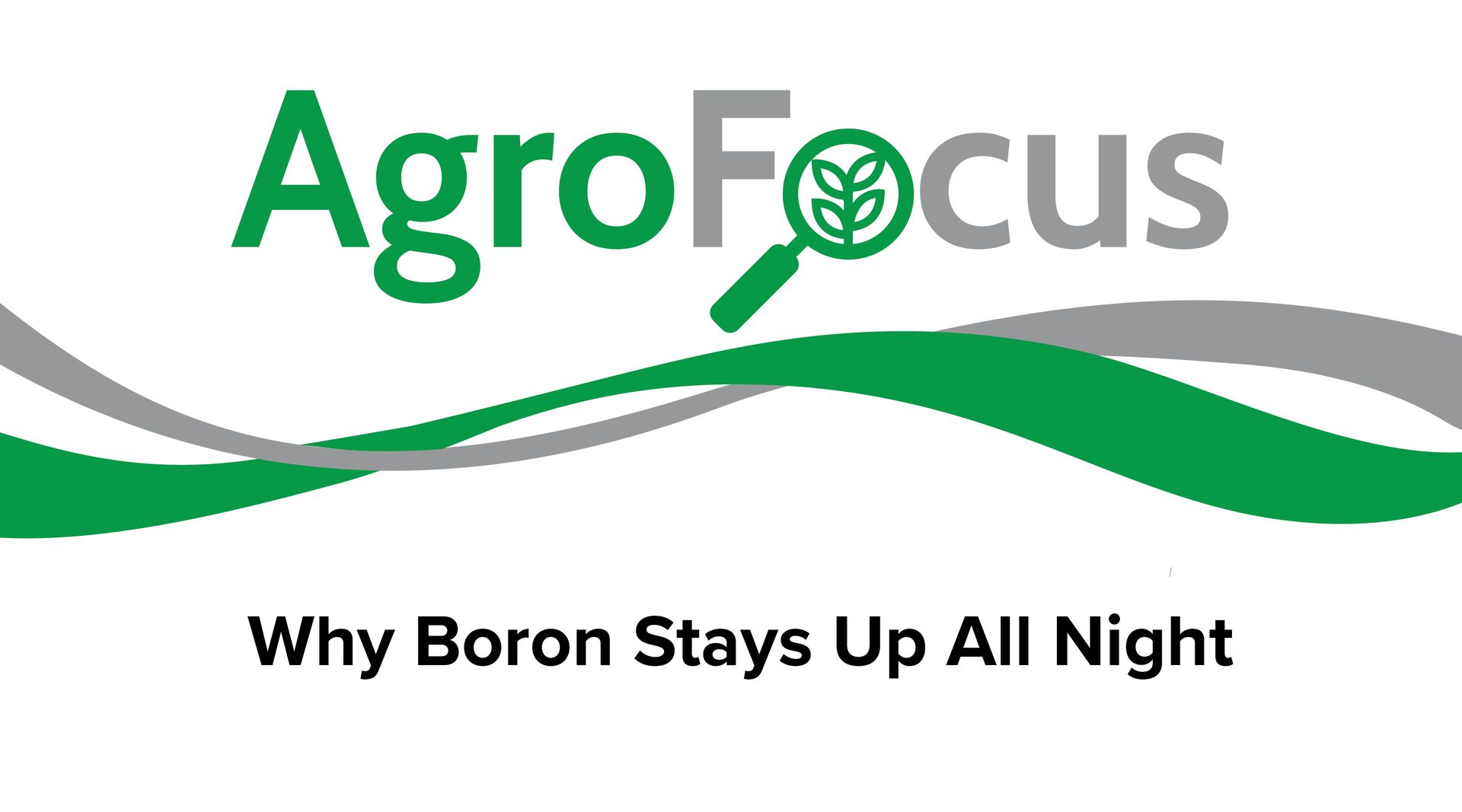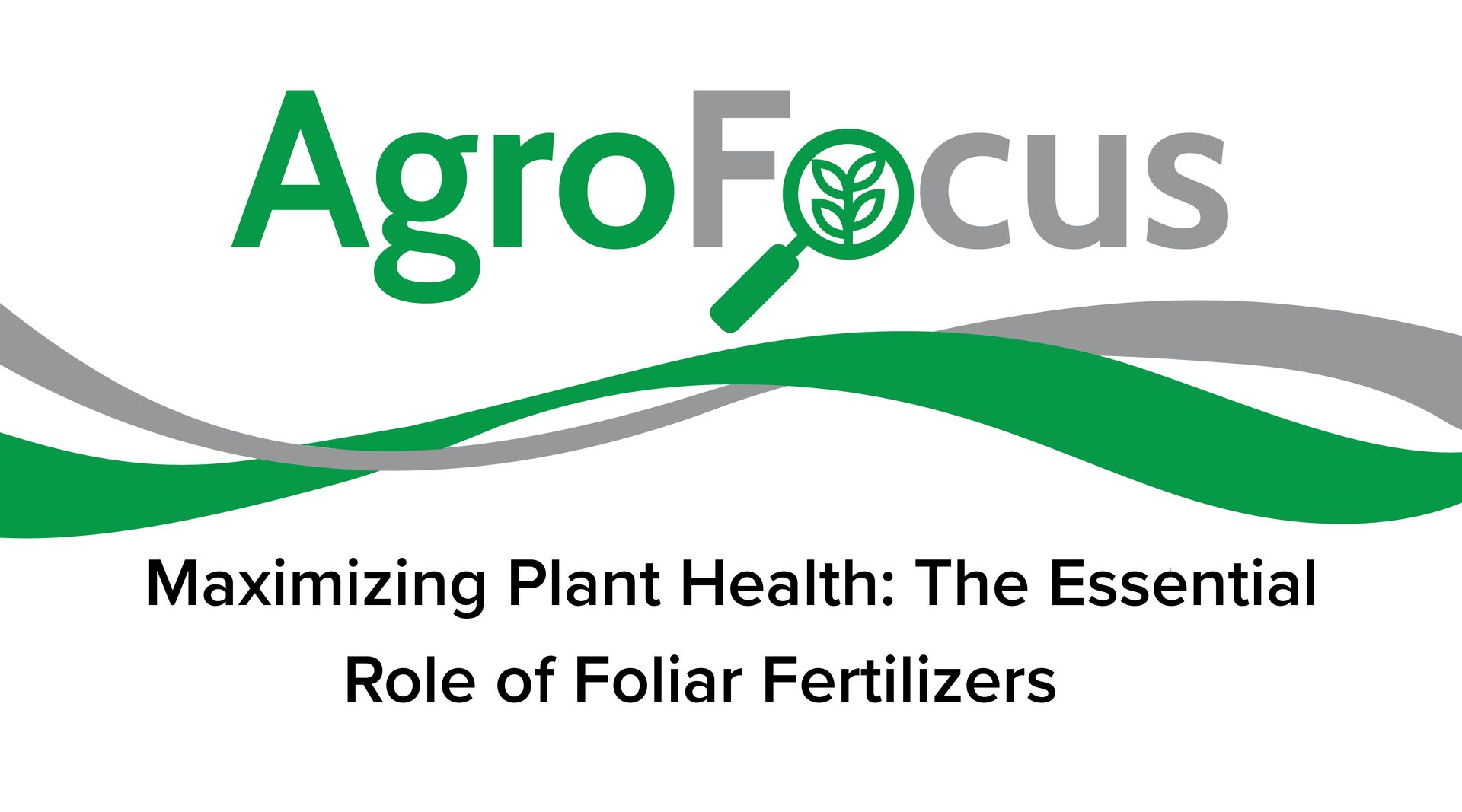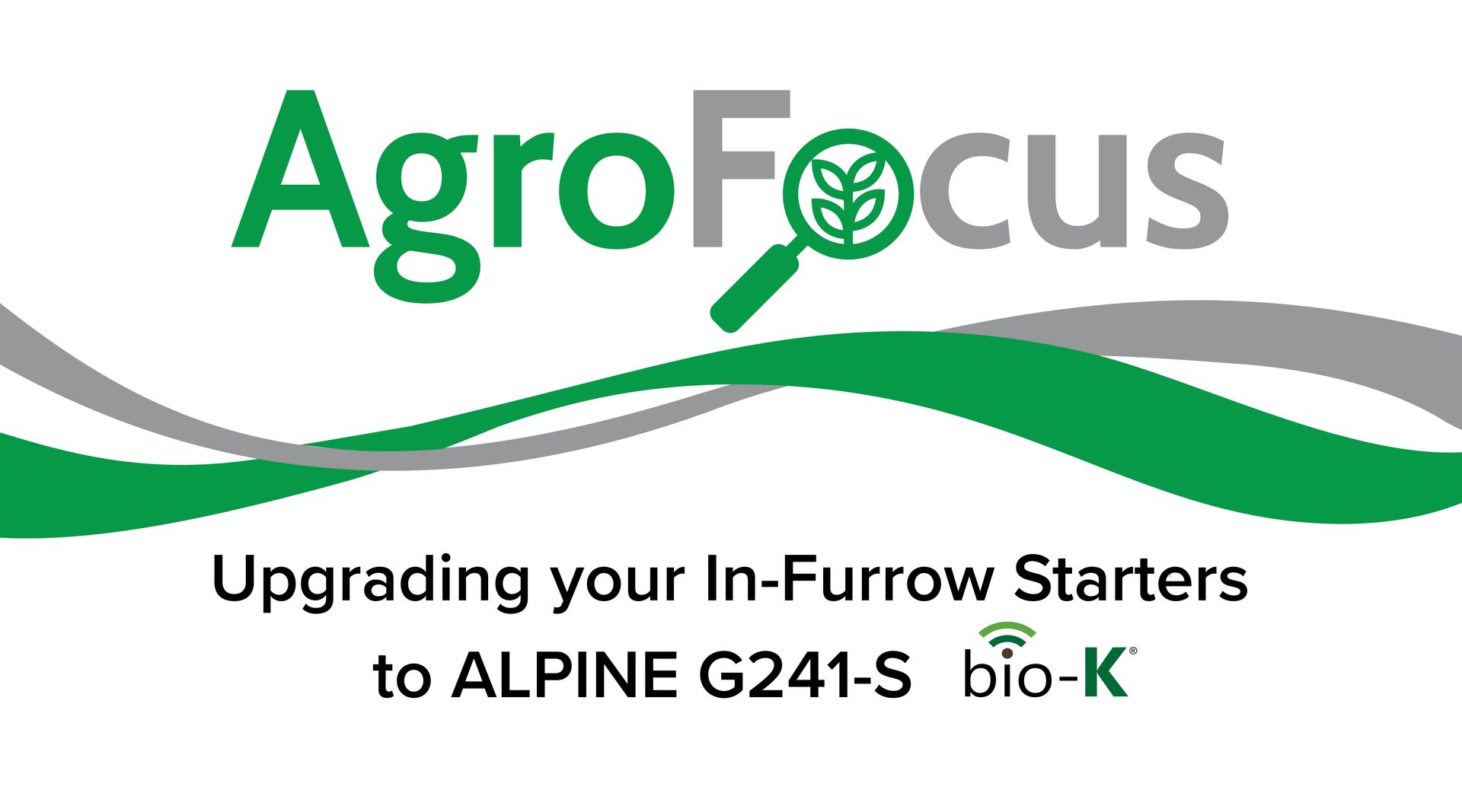AgroFocus: The Amplification of F18 Max
The Amplification of ALPINE F18 Max
As the old saying goes, April Showers Bring May Flowers, and as we continue to experience, the Ides of March have brought April flowers in many areas. In this blog, I want to focus on how to better understand the importance of stress meditation throughout the growing season, from germination to flowering, and then on to fill.
To expand on the blog title, The Amplification of ALPINE F18 Max, I want to start with why we developed a fertilizer crop plan in the first place. Although many plans are designed a few hours before planting, I want to expand on a deeper understanding of balanced nutrition. We take the crop we are growing and then estimate our yields. From there, we now look at removal by the crop and consider what fertility is in our soil bank. The math equation from there outlines our application rates, but what we have done is that our crop will evenly draw off our fertility application throughout the season.
Other situations to consider may be that roots encounter about 1% of the soil. Secondly, they grow down, and each crop has a different growth angle. Some will grow with a 45 and others closer to 90-degree angles, which changes the nutrient encountering zone. Then there are the tap root plants vs the fibrous growing ones that draw deeper in the soil profile. We then need to estimate the level from which a crop draws water, knowing that many nutrients rely on mass flow. Another thought is what micronutrients may be required to allow the roots to increase the osmotic uptake of co-nutrients. Each of these considerations may cause significant variability, requiring in-season crop management to enhance the starter package that we provided.
Now that we have more variables let’s consider why ALPINE F18 Max was developed. As a foliar we want each nutrient to not only have a purpose but be available to the plant. ALPINE F18 Max has a balanced N, P, K package of 8-4-6. With so many products in the industry based on these three, it is essential to ensure the forms. Orthophosphate is the only form a plant can uptake, and our Bio-K potassium acetate allows plants to have easy access to each nutrient while amplifying plant metabolism. The acetate molecule creates a point of deliquescence, keeping the foliar application in a liquid state when the humidity is above 23.3%. This, along with having a small molecular size, is the first key to plant availability and ease of uptake.
Accompanying the macros is a balance of micros, leading with 1% Zn & Mn and Cu & B. Zinc is required to balance phosphorus uptake, and Mn is crucial to leaf lignin and cuticle strength. This will amplify energy and enable leaf health for drought tolerance and superior photosynthesis. Boron is required to balance potassium uptake, mediating stress through water management. The added copper again works on plant health and stress relief. All this is in a package to maximize fertilizer efficiency, utilizing your cropping plan to its most significant potential.
To wrap this up, I am a firm believer that foliar applications have a much greater attribute than just trying to cover a shortfall. Plant activation from a foliar application stimulates root and microbes, establishing an excellent plant-to-soil biome relationship. When utilizing your own developed ALPINE S2F Plan, you can reallocate nutrients to increase efficiency. Maintaining your N:S ratio and including potassium and boron as your facilitator will enable a plant to improve efficiency. Knowing that additional carbon sources increase metabolism, the fulvic acid that is incorporated into ALPINE F18 MAX will enhance plant and soil health as well. The addition of micronutrients to cover off deficiencies will mediate stress, allowing your crop to amplify the genetic potentials you paid for.
All in all, by starting our season off with a strategic crop plan, we begin the quest for the “Pursuit of Efficiency.” To assist you with your pursuit, our Nachurs Alpine Solutions Team looks forward to using our 50 years of experience to support and expand your horizons on your 2024 cropping plan. By utilizing soil and tissue samples and your past experiences, 2024 can start with more significant potential.
Please contact our DSM and Dealer network to learn how ALPINE’s Maximize Fertilizer Efficiency can improve your farming operation.
Steve McQueen, Agronomy Manager
To learn more about “Maximizing Fertilizer Efficiency” from ALPINE’s qualified team, contact your local DSM, which can be found by visiting ALPINE’s website, www.alpinepfl.com.
